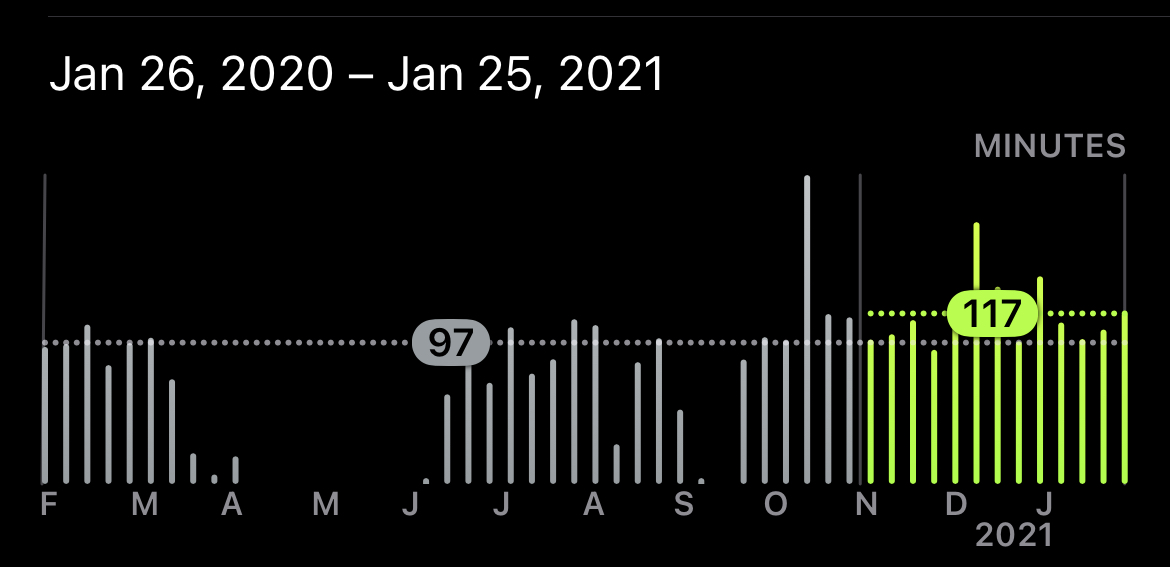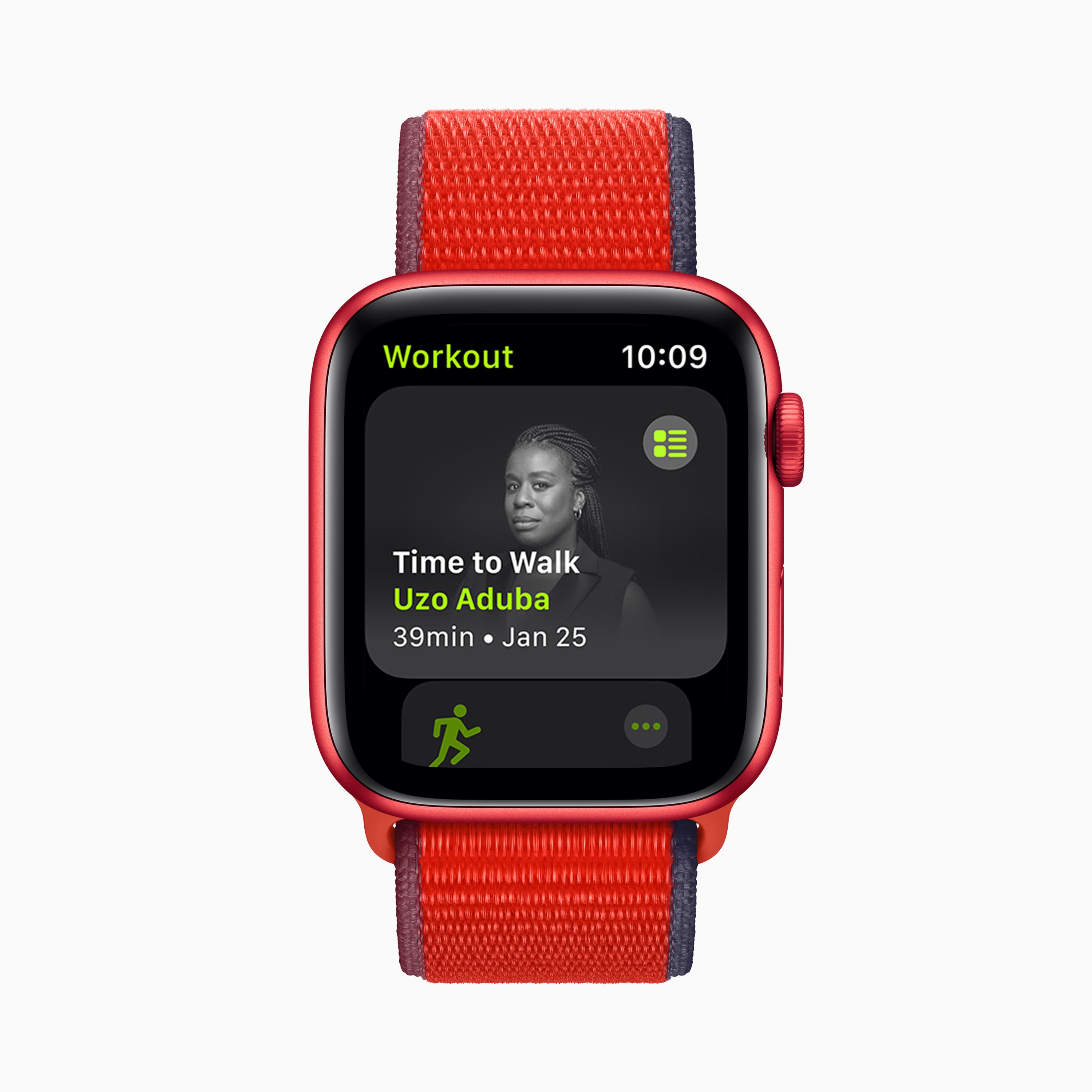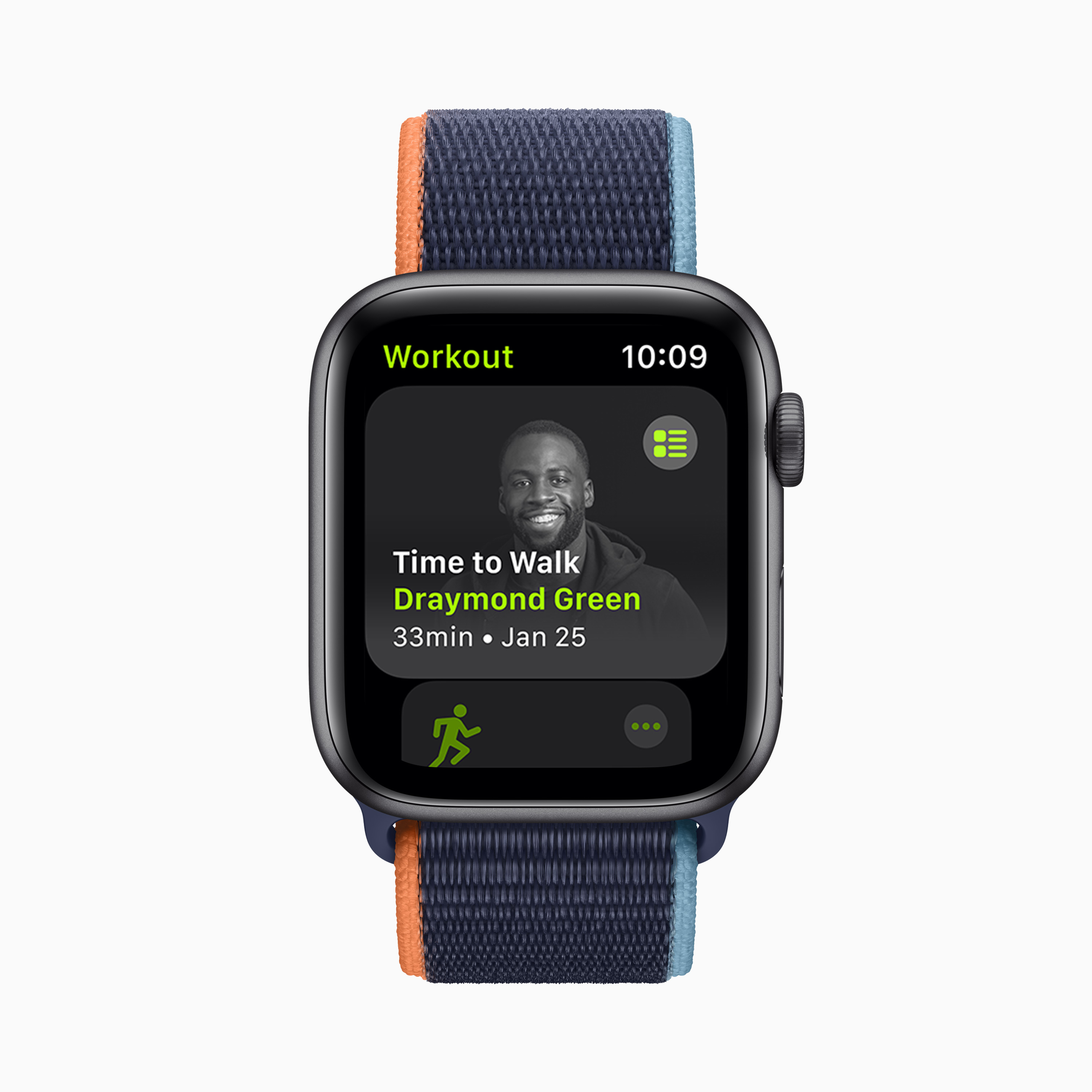Howdy friends, this is the web version of my Week in Review newsletter, it’s here to entice you to sign up and get it in your inbox every week.
Last week, I showcased how Twitter was looking at the future of the web with a decentralized approach so that they wouldn’t be stuck unilaterally de-platforming the next world leader. This week, I scribbled some thoughts on another aspect of the future web, the ongoing battle between Facebook and Apple to own augmented reality. Releasing the hardware will only be the start of a very messy transition from smartphone-first to glasses-first mobile computing.
Again, if you so desire you can get this in your inbox from the newsletter page, and follow my tweets @lucasmtny
The Big Thing
If the last few years of new “reality” tech has telegraphed anything, it’s that tech companies won’t be able to skip past augmented reality’s awkward phase, they’re going to have to barrel through it and it’s probably going to take a long-ass time.
The clearest reality is that in 2021 everyday users still don’t seem quite as interested in AR as the next generation of platform owners stand to benefit from a massive transition. There’s some element of skating to where the puck is going among the soothsayers that believe AR is the inevitable platform heir etc. etc., but the battle to reinvent mobile is at its core a battle to kill the smartphone before its time has come.
A war to remake mobile in the winner’s image
It’s fitting that the primary backers of this AR future are Apple and Facebook, ambitious companies that are deeply in touch with the opportunities they could’ve capitalized on if they could do it all over again.
While Apple and Facebook both have thousands of employees toiling quietly in the background building out their AR tech moats, we’ve seen and heard much more on Facebook’s efforts. The company has already served up several iterations of their VR hardware through Oculus and has discussed publicly over the years how they view virtual reality and augmented reality hardware converging.
Facebook’s hardware and software experiments have been experimentations in plain sight, an advantage afforded to a company that didn’t sell any hardware before they started selling VR headsets. Meanwhile Apple has offered up a developer platform and a few well-timed keynote slots for developers harnessing their tools, but the most ambitious first-party AR project they’ve launched publicly on iOS has been a measuring tape app. Everything else has taken place behind closed doors.
That secrecy tends to make any reporting on Apple’s plans particularly juicy. This week, a story from Bloomberg’s Mark Gurman highlights some of Apple’s next steps towards a long-rumored AR glasses product, reporting that Apple plans to release a high-end niche VR device with some AR capabilities as early as next year. It’s not the most surprising but showcases how desperate today’s mobile kingpins are to ease the introduction of a technology that has the potential to turn existing tech stacks and the broader web on their heads.
Both Facebook and Apple have a handful of problems getting AR products out into the world, and they’re not exactly low-key issues:
- hardware isn’t ready
- platforms aren’t ready
- developers aren’t ready
- users don’t want it yet
This is a daunting wall, but isn’t uncommon among hardware moonshots. Facebook has already worked its way through this cycle once with virtual reality over several generations of hardware, though there were some key difference and few would call VR a mainstream success quite yet.
Nevertheless, there’s a distinct advantage to tackling VR before AR for both Facebook and Apple, they can invest in hardware that’s adjacent to the technologies their AR products will need to capitalize on, they can entice developers to build for a platform that’s more similar to what’s coming and they can set base line expectations for consumers for a more immersive platform. At least this would all be the case for Apple with a mass market VR device closer to Facebook’s $300 Quest 2, but a pricey niche device as Gurman’s report details doesn’t seem to fit that bill quite so cleanly.
The AR/VR content problem
The scenario I’d imagine both Facebook and Apple are losing sleep over is that they release serviceable AR hardware into a world where they are wholly responsible for coming up with all the primary use cases.
The AR/VR world already has a hefty backlog of burnt developers who might be long-term bullish on the tech but are also tired of getting whipped around by companies that seem to view the development of content ecosystems simply as a means to ship their next device. If Apple is truly expecting the sales numbers of this device that Bloomberg suggests — similar to Valve’s early Index headset sales — then color me doubtful that there will be much developer interest at all in building for a stopgap device, I’d expect ports of Quest 2 content and a few shining stars from Apple-funded partners.
I don’t think this will me much of a shortcut for them.
True AR hardware is likely going to have different standards of input, different standards of interaction and a much different approach to use cases compared to a device built for the home or smartphone. Apple has already taken every available chance to entice mobile developers to embrace phone-based AR on iPhones through ARKit, a push they have seemed to back off from at recent developer-centric events. As someone who has kept a close eye on early projects, I’d say that most players in the space have been very underwhelmed by what existing platforms enable and what has been produced widely.
That’s really not great for Apple or Facebook and suggests that both of these companies are going to have to guide users and developers through use cases they design. I think there’s a convincing argument that early AR glasses applications will be dominated by first-party tech and may eschew full third-party native apps in favor of tightly controlled data integrations more similar to how Apple has approached developer integrations inside Siri.
But giving developers a platform built with Apple or Facebook’s own dominance in mind is going to be tough to sell, underscoring the fact that mobile and mobile AR are going to be platforms that will have to live alongside each other for quite a bit. There will be rich opportunities for developers to create experiences that play with 3D and space, but there are also plenty of reasons to expect they’ll be more resistant to move off of a mutually enriching mobile platform onto one where Facebook or Apple will have the pioneer’s pick of platform advantages. What’s in it for them?
Mobile’s OS-level winners captured plenty of value from top-of-funnel apps marketplaces, but the down-stream opportunities found mobile’s true prize, a vastly expanded market for digital ads. With the opportunity of a mobile do-over, expect to find pioneering tech giants pitching proprietary digital ad infrastructure for their devices. Advertising will likely be augmented reality’s greatest opportunity allowing the digital ads market to create an infinite global canvas for geo-targeted customized ad content. A boring future, yes, but a predictable one.
For Facebook, being a platform owner in the 2020s means getting to set their own limitations on use cases, not being confined by App Store regulations and designing hardware with social integrations closer to the silicon. For Apple, reinventing the mobile OS in the 2020s likely means an opportunity to more meaningfully dominate mobile advertising.
It’s a do-over to the tune of trillions in potential revenues.
What comes next
The AR/VR industry has been stuck in a cycle of seeking out saviors. Facebook has been the dearest friend to proponents after startup after startup has failed to find a speedy win. Apple’s long-awaited AR glasses are probably where most die-hards are currently placing their faith.
I don’t think there are any misgivings from Apple or Facebook in terms of what a wild opportunity this to win, it’s why they each have more people working on this than any other future-minded project. AR will probably be massive and change the web in a fundamental way, a true Web 3.0 that’s the biggest shift of the internet to date.
That’s doesn’t sound like something that will happen particularly smoothly.
I’m sure that these early devices will arrive later than we expect, do less than we expect and that things will be more and less different from the smartphone era’s mobile paradigms in ways we don’t anticipate. I’m also sure that it’s going to be tough for these companies to strong-arm themselves into a more seamless transition. This is going to be a very messy for tech platforms and is a transition that won’t happen overnight, not by a long shot.
Other things
The Loon is dead
One of tech’s stranger moonshots is dead, as Google announced this week that Loon, it’s internet balloon project is being shut down. It was an ambitious attempt to bring high-speed internet to remote corners of the world, but the team says it wasn’t sustainable to provide a high-cost service at a low price. More
Facebook Oversight Board tasked with Trump removal
I talked a couple weeks ago — what feels like a lifetime ago — about how Facebook’s temporary ban of Trump was going to be a nightmare for the company. I wasn’t sure how they’d stall for more time of a banned Trump before he made Facebook and Instagram his central platform, but they made a brilliant move, purposefully tying the case up in PR-favorable bureaucracy, tossing the case to their independent Oversight Board for their biggest case to date. More
Jack is Back
Alibaba’s head honcho is back in action. Alibaba shares jumped this week when the Chinese e-commerce giant’s billionaire CEO Jack Ma reappeared in public after more than three months after his last public appearance, something that stoked plenty of conspiracies. Where he was during all this time isn’t clear, but I sort of doubt we’ll be finding out. More
Trump pardons Anthony Levandowski
Trump is no longer President, but in one of his final acts, he surprisingly opted to grant a full pardon to one Anthony Levandowski, the former Google engineer convicted of stealing trade secrets regarding their self-driving car program. It was a surprising end to one of the more dramatic big tech lawsuits in recent years. More
Xbox raises Live prices
I’m not sure how this stacks in importance relative to what else is listed here, but I’m personally pissed that Microsoft is hiking the price of their streaming subscription Xbox Live Gold. It’s no secret that the gaming industry is embracing a subscription economy, it will be interesting to see what the divide looks like in terms of gamer dollars going towards platform owners versus studios. More
Musk offers up $100M donation to carbon capture tech
Elon Musk, who is currently the world’s richest person, tweeted out this week that he will be donating $100 million towards a contest to build the best technology for carbon capture. TechCrunch learned that this is connected to the Xprize organization. More details
Extra Things
I’m adding a section going forward to highlight some of our Extra Crunch coverage from the week, which dives a bit deeper into the money and minds of the moneymakers.
Hot IPOs hang onto gains as investors keep betting on tech
“After setting a $35 to $39 per-share IPO price range, Poshmark sold shares in its IPO at $42 apiece. Then it opened at $97.50. Such was the exuberance of the stock market regarding the used goods marketplace’s debut.
But today it’s worth a more modest $76.30 — for this piece we’re using all Yahoo Finance data, and all current prices are those from yesterday’s close ahead of the start of today’s trading — which sparked a question: How many recent tech IPOs are also down from their opening price?” More
How VCs invested in Asia and Europe in 2020
“Wrapping our look at how the venture capital asset class invested in 2020, today we’re taking a peek at Europe’s impressive year, and Asia’s slightly less invigorating set of results. (We’re speaking soon with folks who may have data on African VC activity in 2020; if those bear out, we’ll do a final entry in our series concerning the continent.)” More
Hello, Extra Crunch Community!
“We’re going to be trying out some new things around here with the Extra Crunch staff front and center, as well as turning your feedback into action more than ever. We quite literally work for you, the subscriber, and want to make sure you’re getting your money’s worth, as it were.” More
Until next week,
Lucas Matney

from Apple – TechCrunch https://ift.tt/3c7coLs


